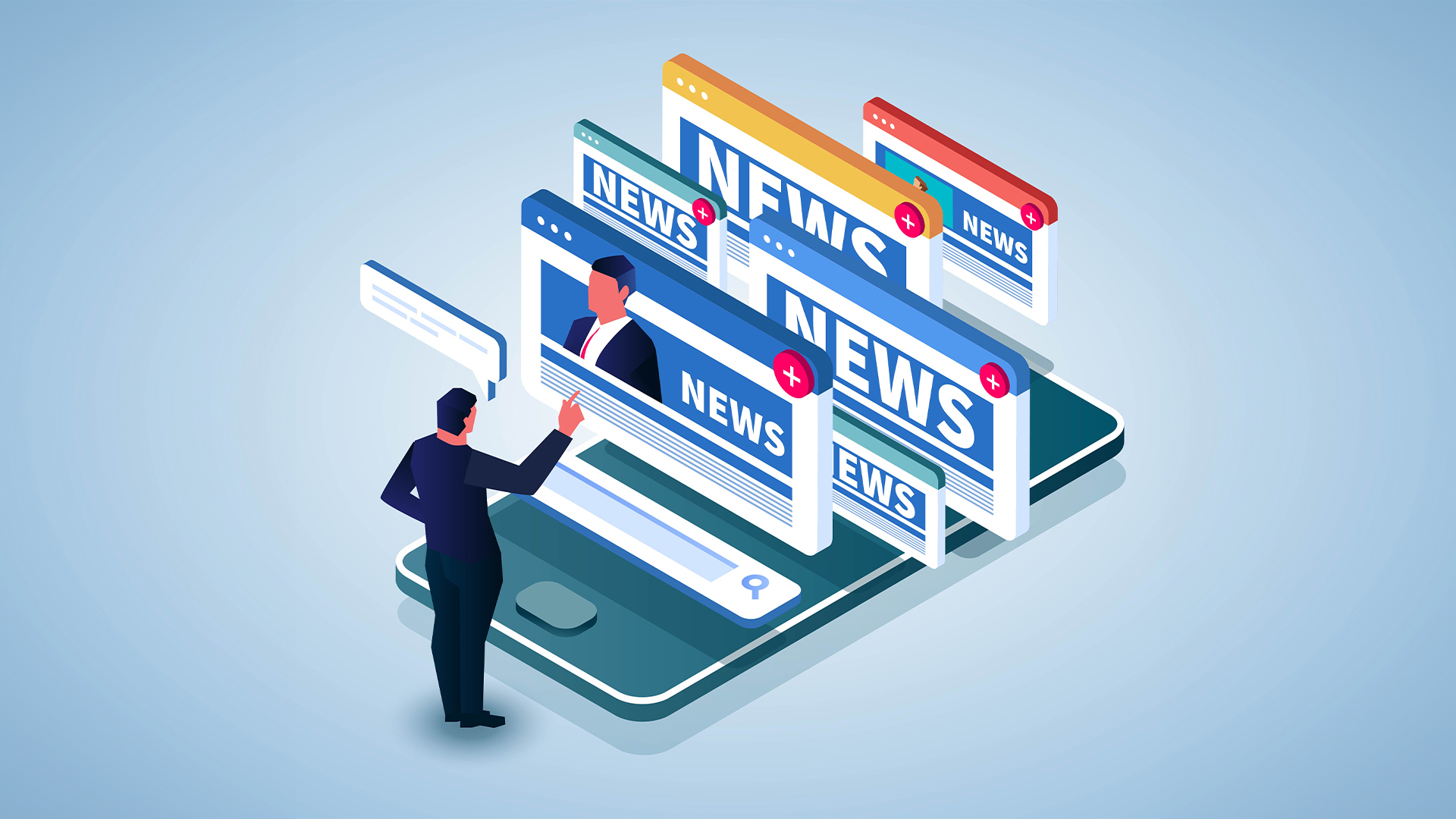From PRWeek, February 29, 2024:
by Jeremy Mullman, M Booth
Last week, following a particularly brutal stretch of carnage, cuts and closings at media outlets as diverse as Sports Illustrated, Pitchfork and the Los Angeles Times, the New Yorker’s Clare Malone offered a provocative question, “Is the media ready for an extinction-level event?
Reading it from the PR professional’s perspective, I could not help but ask a related question, “Are we?”
Even before the recent contractions, the media industry was undergoing a violent and accelerating reordering. According to Pew Research Center data, newsroom employment fell by nearly a quarter from 2008 to 2019, and that has accelerated dramatically. The first six months of 2023 saw more job cuts than all of the year prior, and early 2024 is making 2023 look comparatively mild.
Just last week, however, Substack said that it has surpassed 3 million paid subscribers, a sign that the vital need for media voices is resilient, even if its path is unclear. But the lack of clarity is the scary part.
I spent the 2000s working as a journalist, making the jump to PR just as the clickbait era, with its massive audiences built via the manipulation and monetization of social-media algorithms, ramped up. From a consumer media relations perspective, it was a simpler time.
The biggest story in the world was whatever everyone was talking about. Morning show producers who used to demand exclusivity wanted evidence of online traction. When ideas intrigued the aggregators, silly seeming reach numbers became commonplace. Getting a billion media impressions for a launch went from rare to routine.
As an industry, we adjusted accordingly, building ideas to spec for this new reality. There are a lot of Moldy Whoppers and One-Chip Challenges to show for it.
Thanks to changes by Facebook et al that deprioritized news, that model has been declining for years, but much of the apocalyptic flavor of Malone’s piece comes from the uncertainty about what’s next. It’s probably not subscriptions, which, after a brief, Trump-driven boomlet, have looked increasingly dubious as a business model, in part because they put media outlets in competition with the likes of Netflix, Amazon Prime and Disney+ at a moment when many people are trying to pare back their content costs. The New York Times has seen great success in subscription growth, but many of its recent wins are driven as much by Wordle and recipes as news.
Indeed, news may not be the primary revenue driver of news organizations for long. Malone quotes former Digiday editor Brian Morrissey surmising that news may be destined to become a “front operation” for core businesses built around events, e-commerce and sponsored content.
From a PR perspective, we can put this another way: our media friends are becoming less interested in reach, which has gotten cheap, and more interested in engagement, which is growing in value. We have to adjust our tactics accordingly.
Here are some thoughts.
Consider exclusivity
One of the curious features of the media relations clickbait era was watching the embargo migrate from the tech space, where it mostly served to allow time for product reviewers, to, well, everything. Traditionally, news embargoes made sense only when the importance of the announcement was so obvious that everyone covering a company would feel no choice but to agree. The “we can’t be dark on this” vibe of the 2010s changed that.
But now outlets, with an engagement obsession and a staffing shortage, are generally less interested in redundant reporting. They want to own stories, and when they do, they’ll push them hard across all of their channels in an attempt to maximize the value from those increasingly precious reporting resources. So a move away from the embargo to the exclusive as a strategy is something worth strongly considering.
All in on events and awards
Trade media long ago figured out that events and awards are more lucrative and predictable revenue streams than subscriptions, but the new batch of engagement-obsessed outlets is building in the same thinking. While participating in these ancillary businesses isn’t “pay for play,” showing up in a positive light where journalists you are trying to reach or impress are gathered is always recommended. If outlets that matter to you are branching out in these ways, participate.
Rethink measurement
An enduring feature of the clickbait era in communications is obsession with media impressions, a dubious metric whose greatest appeal to a corner of a corporation that doesn’t own its own data is that it’s cheap to track. Nevertheless, the thrill of seeing our ideas theoretically reach more people than speak the language they’re executed in can be intoxicating and addictive. Over the last 10 years or so, this “imp-luenza” has spread virus-like from company to company. But as we move into a media world with fewer publications and more paywalls, virality shouldn’t be our goal. We should be focused on getting the right message to the right audience and enhancing it with the third-party credibility that only earned media and engagement can deliver.
Be nice
If we as PR pros find this media apocalypse stressful and confusing, it’s easy enough to imagine how the remaining reporters and editors feel. In addition to worrying about job security, their actual jobs now involve covering for countless departed colleagues and, likely, navigating new asks as their companies chart new business courses. Anything we can do to make their lives easier and days more pleasant will be appreciated. Empathy remains a superpower.
Jeremy Mullman is SVP for media relations at M Booth
This article was first published in PRWeek.




